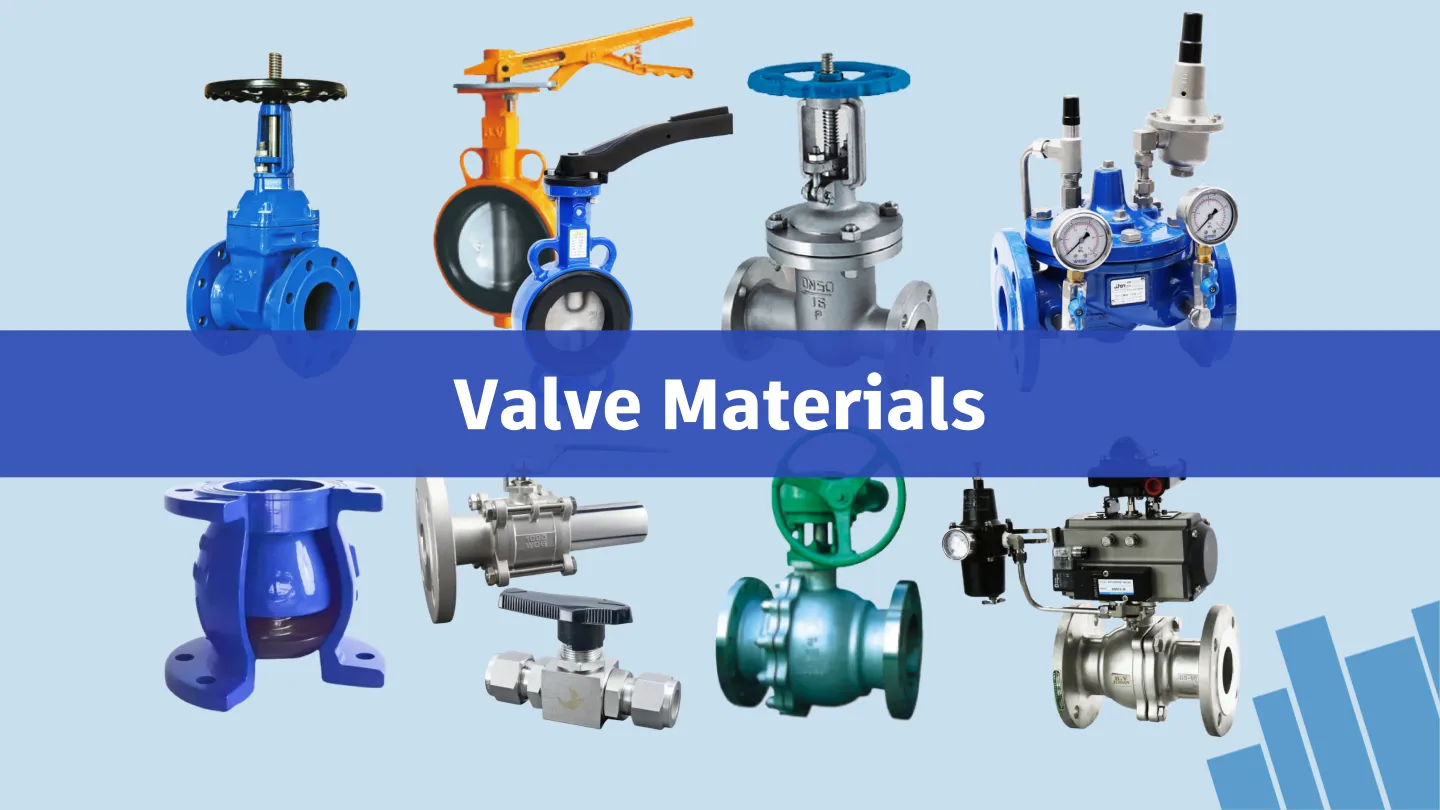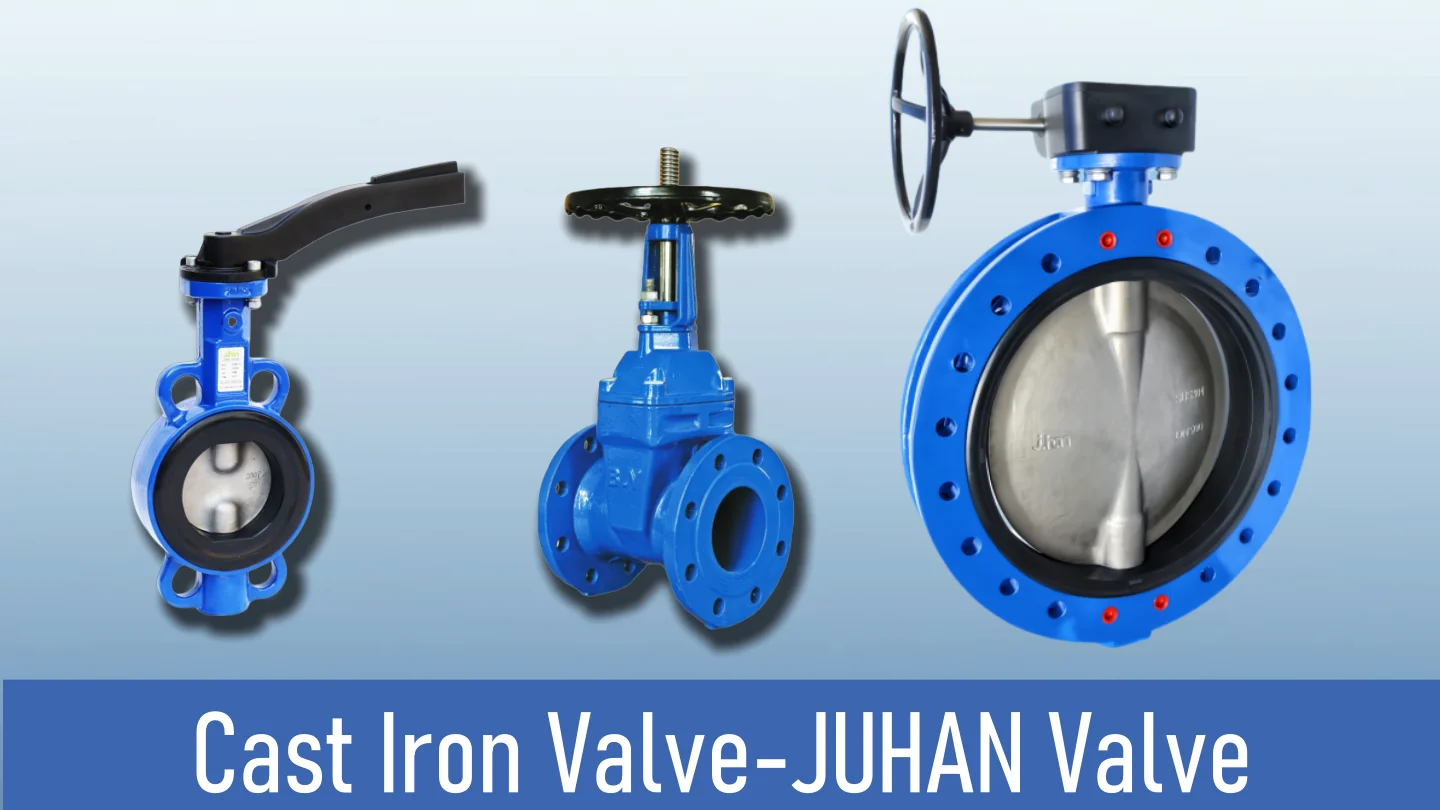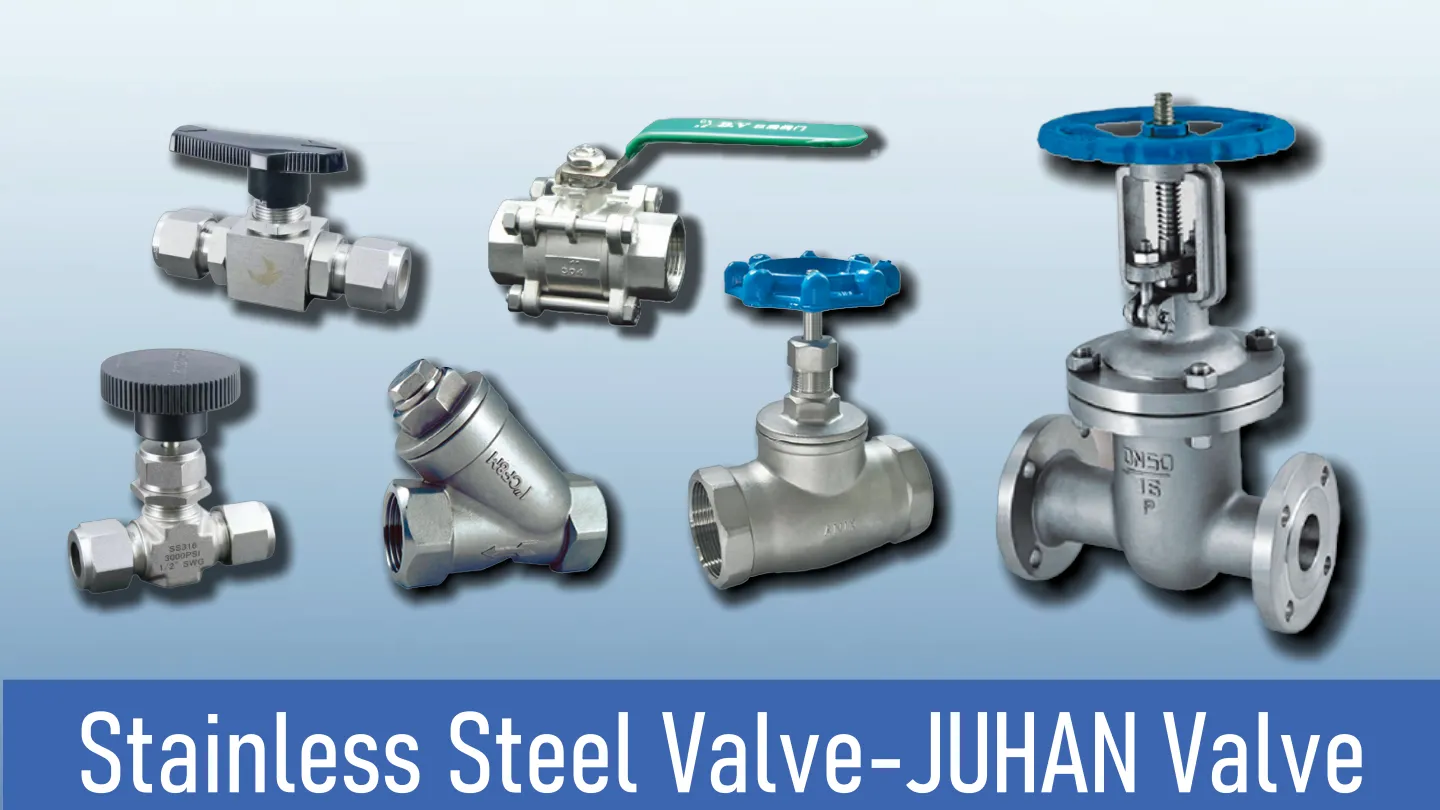Valve Materials: A Classification Guide
Release time:2025.05.15
Valve Materials: A Classification Guide

The material of a valve body directly influences its performance and lifespan. Choosing the appropriate valve material ensures reliable operation under varying conditions. Today, let’s explore four commonly used valve materials: ductile iron, carbon steel, stainless steel, and brass. This guide will help you make an informed decision when selecting the right valve.
1. Ductile Iron (QT450)

Ductile iron is valued for its excellent strength and toughness, making it a popular choice in municipal and HVAC systems. It offers moderate corrosion resistance, suitable for clean water, domestic sewage, and low-concentration acidic or alkaline liquids. Typically supports PN10 to PN25 pressure ratings, with temperature resistance up to about 350°C. It is cost-effective and easy to process but not ideal for strong acid or alkali environments. Common applications include water supply systems, large-diameter valves, and HVAC butterfly and gate valves.
2. Carbon Steel (WCB)

Carbon steel offers high strength and pressure resistance, ideal for medium to high-pressure industrial piping systems. It operates effectively in temperatures ranging from -29°C to 425°C, commonly used for steam, oil, and gas transfer. Due to its limited corrosion resistance, it often requires protective coatings. Carbon steel valves are widely used in boilers, steam systems, and chemical piping, serving as a general-purpose material for industrial environments.
3. Stainless Steel (CF8M / 316)

Stainless steel stands out with superior corrosion resistance, making it a top choice in chemical, food processing, and seawater applications. It can endure temperatures from -196°C to 600°C and is compatible with strong acids, chloride ions, and extreme pressure/temperature environments. Known for mechanical strength and stability, it’s well-suited for frequent on-off operations. While more expensive, its long-term durability makes it valuable in chemical lines, marine systems, and food-grade applications.
4. Brass (Hpb59-1)

Brass is a copper-zinc alloy widely used in precision small-diameter valves due to its excellent castability and machinability. It offers moderate corrosion resistance, ideal for clean water and low-corrosive fluids, operating between -20°C and 250°C. Brass valves are budget-friendly and often used in residential plumbing, HVAC systems, and compact industrial valves. Common applications include water meters, small ball valves, and household heating valves. While it lacks the strength and high-temperature tolerance of other metals, it performs well in low-pressure, low-corrosive settings.
Summary
Selecting the right valve material depends on your specific environment and operational needs. For general water systems or low-corrosive conditions, brass and ductile iron are sufficient. For high-pressure or highly corrosive applications, carbon steel and stainless steel offer greater durability.

